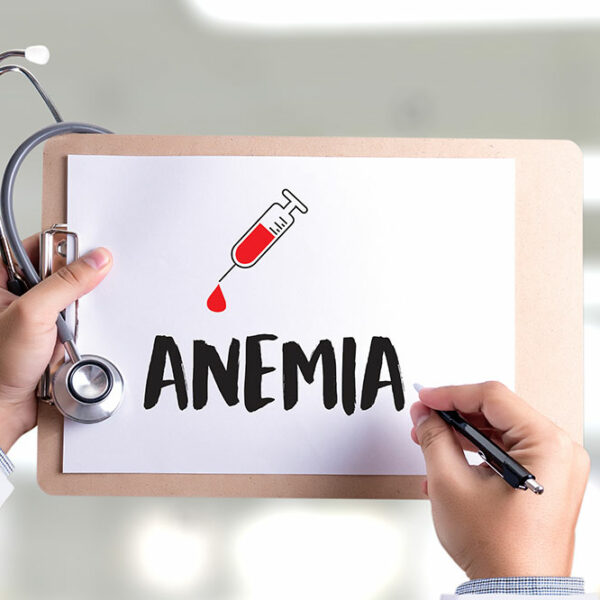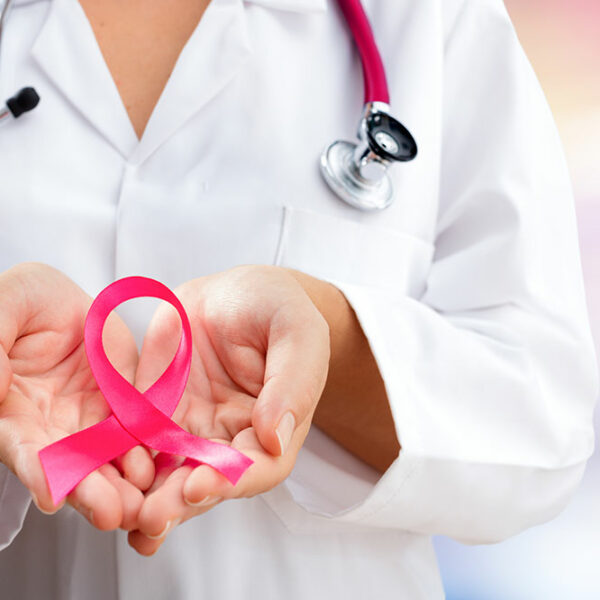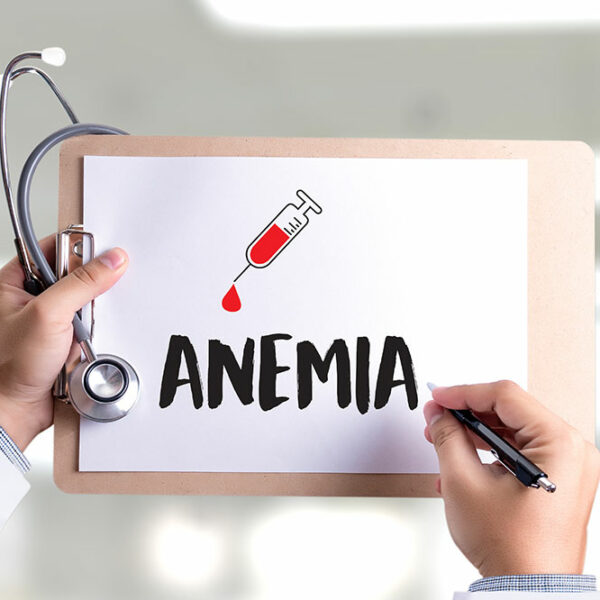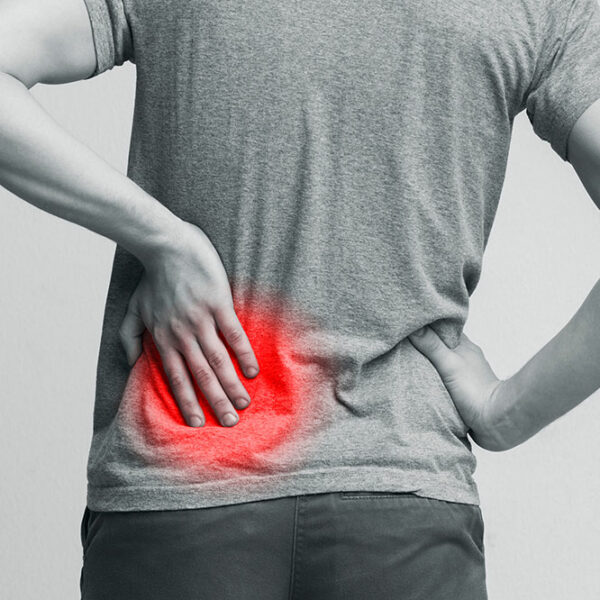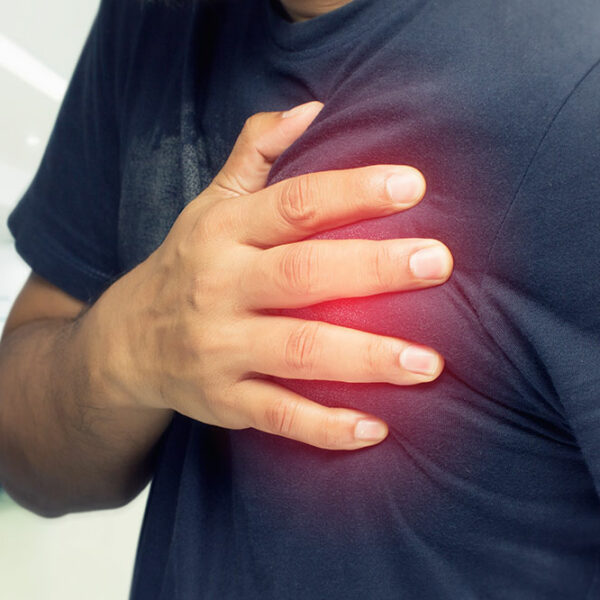
Stages, diagnosis, and prevention of ADHD
ADHD, short for attention-deficit/hyperactivity disorder, affects children worldwide, and this also often carries on into their adulthood. Some of the different problems faced by kids suffering from ADHD include sustaining attention for a long time, impulsive behavior, and hyperactivity. There might be other problems associated with ADHD, like low self-esteem, low grades in school, and difficulty in keeping up with relationships. More often than not, symptoms of ADHD are seen to have decreased with age. However, there are cases wherein ADHD symptoms never subside. Levels of ADHD There are three different levels or stages at which ADHD can affect individuals. They are: Predominantly inattentive ADHD This level of ADHD may be related to missing details very easily and getting distracted often. Also, one may get bored very quickly. One has difficulty in processing new information, and there is also the tendency to not listen properly. One might not be able to follow directions very clearly and also lose things like pencils or papers. It has been observed that girls are more likely to get inattentive ADHD than boys. Predominantly hyperactive-impulsive ADHD This is mostly associated with symptoms like restlessness and difficulty with sitting still. Kids suffering from hyperactive-impulsive ADHD have a tendency to talk consistently, and it’s less likely that they will engage in quiet activities.

